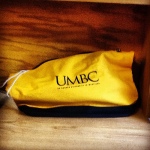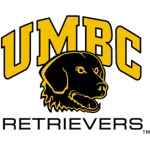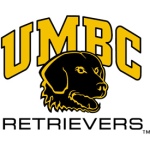Everyone in the education field is familiar with Dewey’s axiom “learn by doing.” It is well known that experiential learning is not only preferable by students, but also more effective. I recently started taking a MOOC (Massive Open Online Course) on Coursera that helped me understand better what learn by doing is. While I was going through the weekly readings, I could see that the following three basic questions were being addressed: what is learning by doing? what do we learn when we learn by doing? when learning is not motivated by learning to do something (practical/experiential), what is the motivation behind It? In this post I will try to share some of the answers I found to these questions through the readings and the connections I made to my experience as an EFL teacher using technology to advance my own learning and that of my students.
First let’s try to define what learn by doing is and give some examples. Learn by doing is experiential learning. Students learn by doing when they do things instead of being told about things. It is many times easier said than done. In the language classroom, students learn to speak the target language by speaking it, not by being lectured about it. The same goes for writing, reading, and listening. However, for students to speak, there should be a reason for them to do so. Therefore, teachers usually create scenarios or simulate situations to bring about a need to communicate. The more realistic the situation is, the more effective it seems in generating real communication. Having understood that, we should say that using Web 2.0 tools should follow the same “learn by doing” guidelines. Students learn about blogging by actually having a blog, posting, adding, and replying to comments.
Once we know what learn by doing is, we need to understand what one learns when he learns by doing. When there is experiential learning, what is learned cannot be put into words. If you ask a teacher who integrates technology into his teaching to tell you how to create a blog, for example, he will probably be able to show you step by step the procedures for doing it. However, he might not be able to tell you about it without visualing a given blogging platform and actually testing its features. Therefore, when one learns by doing, he learns micro scripts and scripts that help him assimilate and index new experiences. When a student has to create a blog, he first has to create an account. This one is probably a micro script that he has already assimilated. He probably knows automatically that to create an account he will have to provide his e-mail address, a user name, and so on. So what he will learn by doing will be how to customize his blog, how to insert a video or an image using HTML code or just copying and pasting. Besides that, he will also learn how to create a post and with this he will be familiar with rules for typing and editing text. He will learn that paragraphs have to be indented, that capital letters are required in the beginning of new sentences (the later might sound weird, but this is true for my teenage students). So, the scrips I have listed are extensions that are incorporated to the micro scripts he already possesses. The digital native claim proves to be a myth when it comes to creating content. This holds true especially if we are talking about young learners. So that is what is learned when one learns by doing.
However, it is not always that learning is guided by such an experiential tone. Sometimes learning is driven by reasons other than learning how to perform a specific task. In this case, learning is motivated by the willingness of knowing more. This is generally what guides professional development: a desire to learn about the philosophy behind a given practice, a new way of thinking about a given area of knowledge. It is learning for learning sake. I guess that in the field of language teaching this is the reason why EFL/ESL teachers, that supposedly already know enough about the English language, go conferences conferences as attendees or presenters and take other professional development initiatives such as reading/commenting/posting to blogs, connecting with peers through social networking channels, and taking online courses.
Finally, I would like to say that learning by doing also applies to writing. And this is exactly what I am trying to do with this blog and my posts. I confess that writing is not easy for me and I make a big effort to make my ideas come accross the way I want. Nonetheless, I never give up. I have been reading books about writing, I have just decided to blog with my students (I mean writing a short blog post after ech class reporting what went on). I did that because I read that if you ask your students to blog (which I frequently do), you should blog to. Finally, I am just about to begin a course in writing and hope I will feel more confident as a writer when it ends.






















